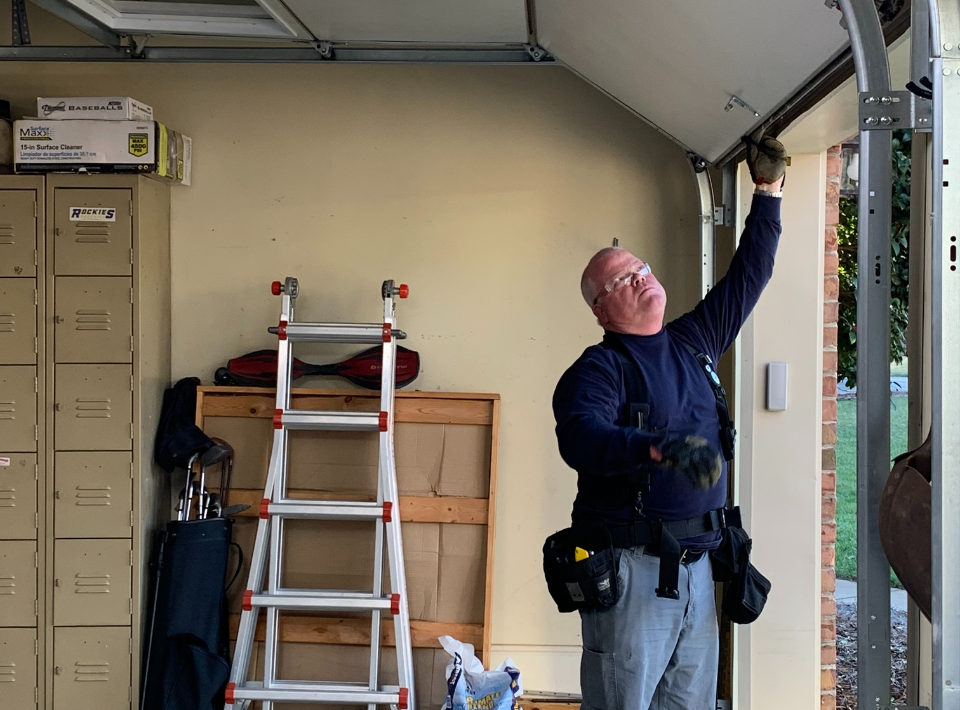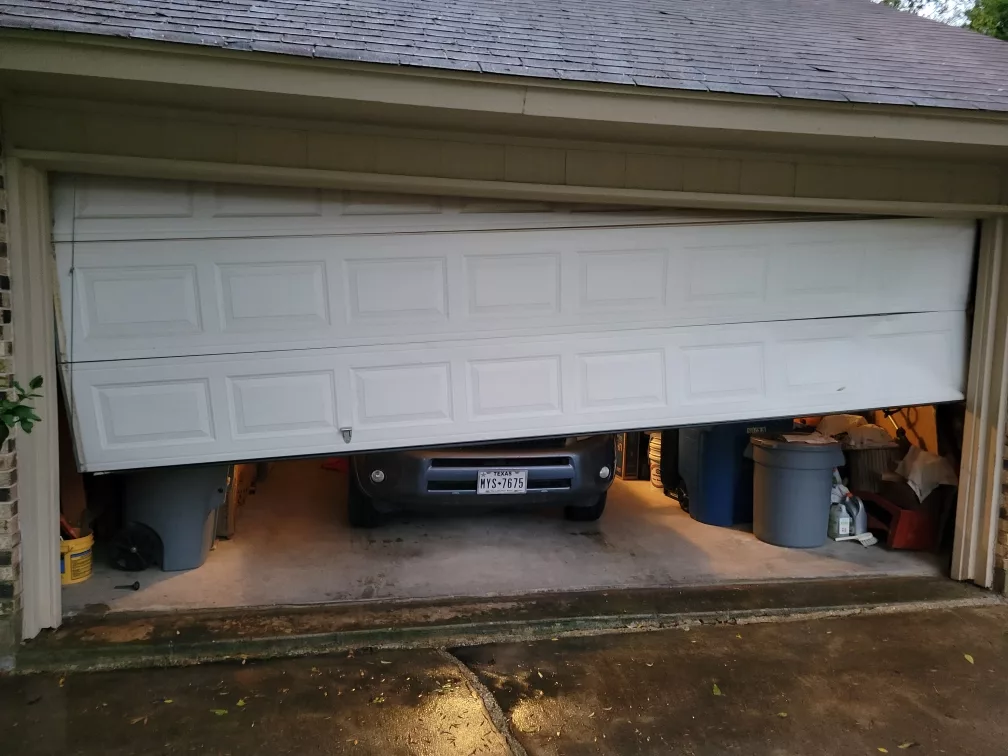Top-Tier Garage Door Service to Extend Your Door’s Durability
Top-Tier Garage Door Service to Extend Your Door’s Durability
Blog Article
Typical Garage Door Issues and Just How to Deal with Them
Garage doors are vital for both protection and convenience, yet they commonly offer a range of common issues that can discourage house owners. While some concerns may appear straightforward to settle, others might require a more nuanced understanding of garage door technicians.
Noisy Garage Door Procedure
A loud garage door procedure can be a substantial resource of annoyance for house owners, commonly showing underlying mechanical problems. Such disruptions may originate from different reasons, including damaged rollers, loose equipment, or insufficient lubrication. Recognizing the resource of the noise is essential for reliable resolution.
One typical source of too much noise is the visibility of rusty or damaged rollers. Gradually, these elements can degrade, bring about grinding or squealing sounds as the door relocations. Regular evaluation and replacement of these rollers can dramatically reduce sound levels. Furthermore, loose bolts or screws in the door mechanism can produce rattling audios throughout operation. Tightening up these fasteners guarantees an extra secure and quieter activity.
An additional contributing factor is insufficient lubrication of the door's relocating parts. Applying a high-grade lubricating substance to the tracks, springs, and rollers can significantly decrease friction and noise. Homeowners need to execute this maintenance occasionally to keep optimum efficiency.
Lastly, the garage door opener may additionally produce sound due to its age or mechanical problems. If the noise persists regardless of dealing with various other variables, seeking advice from a professional for a complete inspection and prospective repair service may be required.
Door Won't Open or Close
Experiencing a garage door that will not open up or close can be extremely frustrating and usually signifies a malfunction within the system. A number of aspects can contribute to this concern, and recognizing the origin is vital for effective resolution.

Next, evaluate the security sensing units situated at the base of the door. These sensors can become misaligned or blocked by debris, avoiding the door from operating properly. Clean the sensors with a soft cloth and ensure they are lined up.
In addition, the garage door's interior components need to be assessed. Issues such as a broken spring, worn-out rollers, or a damaged opener can impede activity. If any components appear to be damaged, it may be recommended to get in touch with a professional for repair services.
Misaligned Tracks
(Affordable Excellence)Misaligned tracks can significantly disrupt the smooth procedure of a garage door, bring about functional failings such as irregular movement or full immobilization. This issue commonly develops as a result of a range of factors, consisting of wear and tear, unintentional influences, or incorrect setup. When the tracks are misaligned, the rollers can stagnate freely, which not just strains the electric motor yet also positions security threats.
If you observe any kind of disparities, it is essential to deal with the issue quickly. Thoroughly tap the track back right into its right position using a rubber club or a comparable tool, ensuring it is straight and level.
Regular upkeep, consisting of cleansing the tracks and making certain rollers are in great condition, can avoid future misalignments. By dealing with misaligned tracks quickly, you can recover the capability of your garage door and improve its longevity.
Broken Springs
Amongst the various components of a garage door system, busted springs are one of the most common issues that can significantly restrain its functionality. Garage door springs are vital for balancing the weight of the door, enabling smooth opening and closing. When a springtime breaks, it can lead to a door that is hard to operate or, in many cases, totally unusable.
There are two main kinds of springtimes: torsion springtimes, which are installed above the door, and expansion springs, found on either side. Indications of a busted spring include a door that won't open, a noticeable space in the spring, or a loud noise during procedure. Trying to run a garage door with a damaged springtime can create more damages to the door or the opener.
Fixing broken springs is not a do it yourself job; it needs specialized devices and expertise because of the high stress involved. It is a good idea to get in touch with an expert technician who can safely replace the springtimes and ensure the door is properly stabilized. Normal upkeep and evaluations can assist protect against springtime failings and prolong the life-span of the garage door system.
Remote Issues

The primary step is to examine the batteries in the remote. Change them if they are weak or dead. If the remote still falls short to run, check the garage door opener to make sure that its sensing units are clean and unobstructed. Dust, debris, or imbalance may impede the signal transmission in between the remote and the opener.
Disturbance from various other electronic tools can additionally impede remote performance. Make certain that neighboring tools, such as wireless routers or cordless phones, are not triggering disturbances. garage door service. If interference is believed, attempt relocating these devices further away from the garage door opener
In some instances, the remote may require to be reprogrammed. Seek advice from the manufacturer's guidelines to reset the push-button control and synchronize it with the garage door opener. If all else falls short and the remote proceeds to malfunction, take into consideration seeking advice from an expert specialist for a detailed evaluation and potential replacement of the remote or opener.
Verdict
(One Call Away)In summary, common garage door issues can substantially affect functionality and safety and security. Addressing noisy operation involves lubrication and tightening equipment, while issues with opening or closing call for evaluation of power resources and sensing units. Misaligned tracks can reference be fixed via change, although busted springtimes demand expert intervention. Remote malfunctions typically occur from weak batteries or disturbance, which can be settled through substitute or reprogramming. Aggressive maintenance and prompt fixings can ensure ideal performance and longevity of garage doors.
Report this page